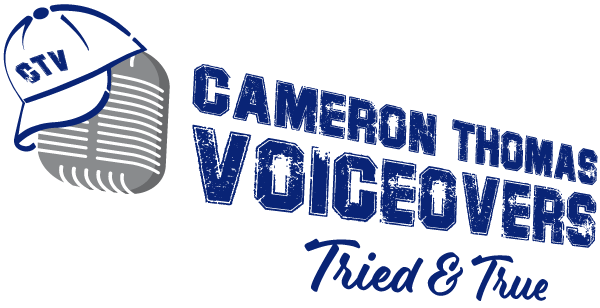When I hear people tell their tales of unpleasant work situations or client interactions that got out of control, I empathize with them. I’ve been through it too and can relate. Customer service and client relations are not easy. But I also think in the back of my mind that almost every scenario that I hear about was PREVENTABLE!

For example, when working as a team lead at a local college, one of my academic advisors was dealing with a student that was upset about an enrollment change due to an academic policy. I asked the advisor if he made the student aware of the policy beforehand as our guidelines stated. He didn’t. When I asked why, he said he didn’t think it was necessary at the time. Despite specific student orientation guidelines, this particular advisor wasn’t proactive enough to prevent this from happening. And now he had an angry student on his hands and our reputation on the line all because he cut corners to either save himself time, ignorance, arrogance, or whatever.
I can’t tell you how many client interactions I’ve seen and heard from other folks that provide only partial information and never a full, comprehensive explanation. They often don’t anticipate follow-up questions. And I have heard phone calls and orientations that completely glossed over important process or policy details – and then they wonder why the student or client ran into a roadblock on these very issues later on.
So how can you avoid this? Be proactive.
I pride myself on being proactive. I wasn’t always this way and had to learn some tough lessons with situations I could’ve easily prevented. So it has been my crusade to be proactive to AVOID these situations and to help others do the same. I found that these tips on being proactive at work are exactly what I do. #9 is my favorite – Anticipating Problems and Problem Solving.
A “Tried & True” Motto To Live By
As a team lead at an online college and now as a voiceover and project manager now, my motto has been and always will be:
An ounce of prevention is worth a pound of cure.
This might’ve been something your parents told you as a kid, but this applies to almost every aspect of business operations – risk management, quality and supply chain management, project management, you name it! Does the 80/20 Pareto principle sound familiar? 80% of the problems can be resolved by 20% prevention.
Often-times when a situation arises, teams discuss it, and work on a solution; however, nothing is done to prevent it from happening again! Like the article says, “troubleshoot problems and identify when they started, diagnose and find the underlying cause quickly.”
But the next step is the most important! “Develop steps for either preventing problems from reoccurring or steps for handling problems when they occur again.” Bingo!
Do Something About It!
After encountering system constraints myself, I simply started looking at a process and making note of all the pain points along the way. I then addressed each of those points going forward. Don’t put it aside, don’t wait for someone else to do it, and don’t think that the client will somehow figure it out on their own. Put it on paper, in an email, in a team chat, in a company-wide document or policy or procedure, make a quick training or tutorial video or an FAQ – and spread the word to co-workers! Just do something about it!

Over the years, my communication in particular with clients, students, advisors, has become more and more robust to address as many possible pain points as possible. Are my emails lengthy? Yes! But they address critical processes and information that they will need along the way. Do people read it all? Maybe. Maybe not. But I’d much rather inform the client with preventable advice up front, than to deal with massive email chains and frustration later on. Plus, it’s a much needed paper trail that folks can refer to.
Are the policies and procedures that I develop a lot to read? Yes. But I’d rather point to a document or policy than to keep explaining myself over and over again. All the points in my emails and procedures are there for a reason. Referring to my advice is much easier than dealing with the bickering and arguing that is sure to follow otherwise.
If folks want to risk saving a little extra time and energy not covering critical information up front, and then battle it out later on when clients say “I didn’t know” or “you didn’t tell me”, well, good luck with that.
WORK SMARTER, NOT HARDER
For me, I’d rather work smarter, not harder. I’d much rather take the time to lay everything out up front than to deal with the situation spiraling out of control had I just mentioned something early on. I’m happier and more prideful about my work, the client is much happier and appreciates the help, and the process goes much smoother. Does the process take more time up front? Yes, but as the saying goes, slow is smooth, and smooth is fast. This avoids the headache, the heartache, and the loss of sleep.
Being proactive and putting the effort in on that “ounce of prevention” will eventually lead to happier clients and more pride in what you do.
CTV – “Tried & True”
